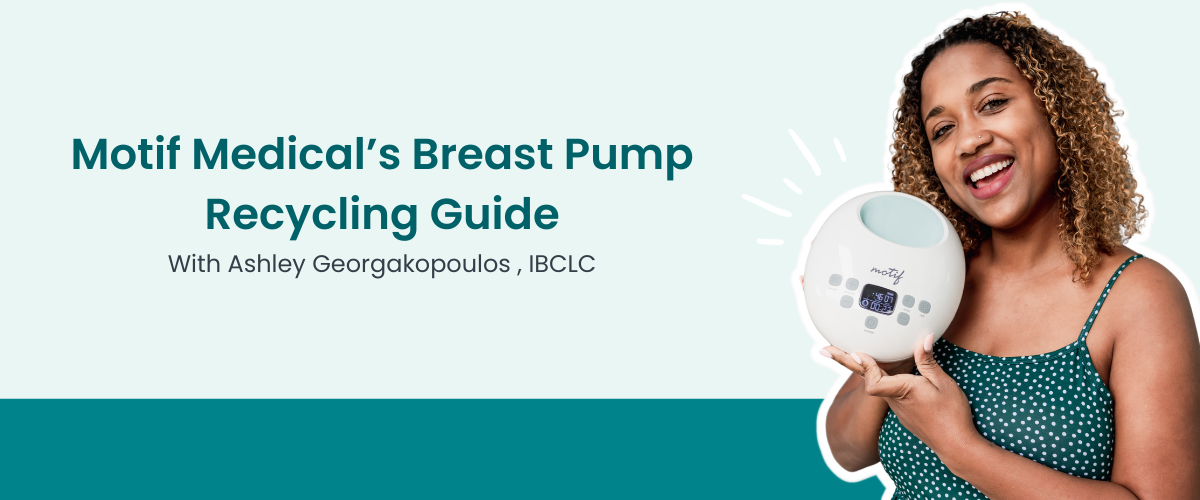Defining Low Supply
In terms of actual breast milk supply, as in, the body produces enough to sustain feedings, the mother’s body relies on a number of signals in order to know how much milk is needed. It's referred to as supply and demand, but more appropriately, demand and supply. This is how we are able to feed multiples or even just one baby. Milk that is used or expressed should be replenished, and signals the body to do so. Anything that interrupts or disrupts that signal, such as pain at the nipple or disruptive environment, will have an effect on the message needed to make enough milk.
Hormonal Signals
Prolactin, makes milk: nipple stimulation, birthing the placenta, back massages and warm showers (nerves for prolactin are in the back!)
Oxytocin, stimulates the letdown reflex/contraction of milk flow: loving connections with the baby, skin-to-skin contact, baby crying, stretching motion of the nipple, relaxing
Low milk supply is, by far, one of the top concerns in breastfeeding. Different obstacles can be the cause of lessened or inadequate milk supply. Supply issues could look like low or no weight gain in the baby. But, some mothers may look at pump output as an indicator.
However, lactation consultants do not determine low milk supply by breast pump output. Pumps, technique, and responses to pumps vary, therefore making it an unreliable resource. There are varying definitions that come to mind when low supply is mentioned, along with a multitude of misinformation of what exactly defines it and how to deal with it.
Understanding breast milk production, what causes low supply and how to help prevent it, and understanding what the baby needs can help ease pressures and misunderstandings to what low supply actually looks like. We can also learn how to increase our supply, when applicable, by understanding how this all really works. Many mothers doubt their ability to produce enough breast milk from simply not being properly informed or encouraged. New moms and veteran moms will often confuse a cluster feeding period with low milk supply instead of a natural growth spurt if not informed ahead of time. On the flip side, there is certainly such a thing as “too often,” so lets first look at clear indicators for low milk supply.
Causes of Low Breast Milk Supply
The most common reasons behind inadequate breast milk supply are outside factors and generally not about the body’s incapability to inherently keep up. The good news is that most of these causes can be addressed with the proper support.
These factors can be due to missed opportunities related to the following:
- Delayed initial feedings upon birth
- Supplementation replacing feedings at the breast
- Scheduled feedings, also known as “block feedings,” and early pacifier use vs. feeding on demand/on cue
- Sleep training and/or long stretches of time between a feed
- NICU stays or other forms of separation


The following medical factors can also play a role:
- Retained placenta
- Poor feeding mechanics or tongue thrust in the baby, i.e. “tongue tie”, birth trauma, fatigue, jaundice, low blood sugar, prematurity, defects, transferred labor medications
- Medications used for drying up secretions, such as cold and allergy medications
- Breast surgery: reductions or augmentations*
*Having these procedures done does not guarantee inability, but technique of previous breast surgeries or future ones can play a role, and should be discussed. - Certain contraceptives / birth control not intended for use by breastfeeding mothers
- Low maternal iron left unaddressed
- Insufficient glandular tissue (IGT)² and severe cases of inverted nipple tissue will have an effect on supply or mechanical stimulation for the body to gauge supply needs.
- Hormonal issues may also play a role in the body’s ability to maintain the proper response in milk production, such as polycystic ovarian syndrome (PCOS)³ and poorly managed insulin-dependent diabetes or hypothyroidism.
How to tell if your supply is low or at risk for being low
Diaper check - The simplest check a mother can do is count diapers and examine stools. No, it is not the tell-all, but it can be a starting place. A baby six days or older should have six or more wet diapers in a 24 hour period, and dirty diapers should be fully transitioned to yellow. Presence of meconium after two days of age can be an indicator that milk production is in trouble!
Infant weight - Initial birth weight loss of more than 10% may be an indicator that the infant is having trouble transferring milk, not necessarily that the milk isn’t adequate. However, if left unaddressed, it can lead to overall milk supply thresholds being less than optimal once hormones have regulated postpartum- which is that supply-and-demand factor. Weight gain for the first four months should look something like 0.5-1 oz/ a day, or an average of 4-9 oz a week. A baby’s weight loss, beyond the normal initial loss, should be addressed immediately.
Pain - Breastfeeding should not be painful. No, really. A baby nurses quite frequently, especially in the early weeks, and we are designed to answer their needs. Friction or clamping on the nipple indicates poor positioning and/or infant feeding mechanics. Reoccurring engorgement, clogged ducts, mastitis, and thrush can be an indication feedings are not effectively removing milk or that damage is happening to the tissue. This all needs to be looked at and addressed early on to prevent low milk transfer, the ultimate precursor to low supply. An IBCLC needs to observe how the baby feeds, the positioning from the mother’s end, and ask in-depth questions on frequency, duration, and more.
Increasing Breast Milk Supply
I know, finally the thing you wanted to read about. If you find yourself checking “yes” to any of the red flags indicating true low supply or “at risk for,” there are ways to get on track!
First things first: get acquainted with an IBCLC. These individuals have thousands of hours in training and education on all things breastfeeding, while other medical professionals may only have a baseline on understanding lactation. This is ultimately a healthcare problem for the baby and the breastfeeding mom, and should not be treated lightly.
Once we have determined the cause for low supply, care plans may include:
- Taking a “breastfeeding vacation,” which would mean spending a few days at home focusing only on feeding, and feeding frequently.
- Looking at and addressing maternal health: breast health and history, placental retention, hormonal health and history, etc, along with making proper referrals.
- Infant oral anatomy assessment and screening.
- Positioning pointers and comfort measures for both the mother and the breastfed baby, such as achieving a good latch.
- Allowing the baby to cluster feed if previously not doing so
- Determining if supplementation is needed, for how long, and plans to wean off properly from it. Otherwise, anytime a feeding is replaced by a bottle, and not properly monitored by a professional, it's a missed opportunity to stimulate the body to produce more milk.
Other things to try in the meantime:
- Hands-on pumping - this is when you incorporate massage into the pumping session, rather relying on just the machine. There are numerous plans out there: Power pumping, triple feedings, you name it. Find a rotation or schedule that suits the family dynamic or personal capability and stick with it. This is to be done while continuing to put the baby to the breast if at all possible. This extra stimulation will eventually be answered. Think of it as a busy restaurant: more orders placed, more inventory ordered and made to answer that demand!
- Consider galactogogues - though this is not the fix-all or magic cure, but a complement to the plan. These can enhance the body’s response to lactation stimulation and/or production. Lecithin is go-to for many, while fenugreek gets mixed reviews and can interfere with other health statuses.
- Skin-on-Skin - this is done with a mom reclining in bed without any garments, and baby with nothing but a diaper on (or completely bare!). The reason this is so useful in increasing supply is it encourages babies to nurse or root around, but also exchanges hormones that promote a more maternal, primal response. Temperature regulation, leveled blood pressure, and heart rate are added bonuses that can only help with peaceful feedings.
Breast Milk Supply Myths, Busted
- Drinking water excessively will not increase supply.
- Cluster feeding is a natural occurrance to signal the body ahead of time when a supply boost is needed, not that there is a low milk supply.
- Low supply does not happen overnight in most cases. It is usually a secondary problem developed over time from an initial problem gone unmanaged or undiscovered.
- There is no magic food to cure low supply, including galactogogues.
- Having breasts augmented or reduced does not seal your fate.
- “Not being able to breastfeed” does not run in the family.

Things to Remember
- The number one reason women are unable to breastfeed is lack of proper support.
- Pumping output should not be used to reflect actual milk supply potential.
- Breastmilk calories fluctuate and concentrate with the growing baby, and therefore amounts needed are different than those on formula, usually less. Breastfed infants actually cap out at 5 oz per feed!
- Breasts soften after a few months, and this is not an indicator of inadequate supply.
- A “weighted feed” by a professional is an easy way to see if your baby is transferring enough milk at the breast. Weigh, feed, weigh again.
- Be wary of quick fixes and be slow to blame your body.
- Everyone is different, and not all situations or environmental factors are the same.
When in doubt, ask for help from a trained lactation professional, preferably an IBCLC. Most obstacles can be overcome, the sooner, the better!
Resources
- Huggins, K., Petok, E., & Mireles, O. Markers of lactation insufficiency: a study of 34 mothers. Current issues in clinical lactation 2000; 25-35.
- Neifert, M. R., Seacat, J. M., & Jobe, W. E. (1985). Lactation failure due to insufficient glandular development of the breast. Pediatrics, 76(5), 823-828.
- Marasco, L., Marmet, C., & Shell, E. (2000). Polycystic ovary syndrome: a connection to insufficient milk supply? Journal of Human Lactation, 16(2), 143-148.
- Rudel, R. A., Fenton, S. E., Ackerman, J. M., Euling, S. Y., Makris, S. L. (2011). Environmental exposures and mammary gland development: State of the science, public health implications, and research recommendations. Environmental Health Perspectives 119(8): doi:10.1289/ehp.1002864
- West, D., & Marasco, L. (2008). The Breastfeeding Mother’s Guide to Making More Milk. New York: McGraw-Hill.









